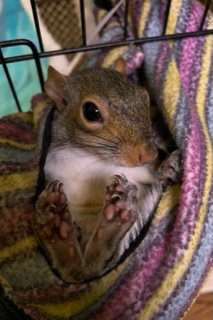One of the best kept secrets on Long Island is Sweetbriar Nature Center. Nestled in the heart of Smithtown, Sweetbriar boasts a stunning butterfly vivarium which has been operating for over 25 years and showcases several varieties of butterflies.
This gem is open from mid-June through mid-September, 7 days per week, 10am-4pm. A donation of $10 for adults, $5 for seniors and children under 12 (no charge for children under 2) is required.
At the nature center, enjoy strolling through the lush gardens, fields, woodland and wetlands and hiking trails set amidst 54 acres bordering the Nissequogue River and get up close with butterflies! Learn about their life cycles and habitat preservation efforts. Visitors and photographers alike take advantage of what the vivarium has to offer in the way of magnificent photos of the colorful butterflies.
Current residents of the butterfly house include: Atala, a rare butterfly, Malachite, Painted Lady, Red Admiral, Orange Barred Sulphur, Queen, Monarch, Buckeye, Giant Swallowtail, Black Swallowtail, Pipevine Swallowtail, Spicebush Swallowtail and Variegated Fritillary.
These butterflies arrive as Pupae/Chrysalis from mid to late spring. Butterflies undergo a complete metamorphosis, which means there are four separate stages in their life cycle: egg, larva, pupa, and adult.
Where do they come from? Sweetbriar obtains their butterflies from a USDA approved butterfly breeder through mail order from a few different states. The vivarium is stocked by June and opens to the public at the annual Butterfly and Bird Festival. The festival is a family affair which includes animal presentations, music, crafters, food trucks and more.
What happens when there is a storm? Butterflies are not able to fly when it rains and immediately take cover, also when it is windy. There are special pine trees in the vivarium for gripping where they can take hold.
In order to maintain the butterfly house, daily maintenance of plants is imperative so that they continue to bloom throughout the summer. Initially, it is important to spray the chrysalis with water since they need moisture to stay healthy. It is also very important to routinely check for parasites and intruders such as chipmunks, praying mantis, wasps and small birds, which are then captured and set outside the vivarium..
Invite these magical insects into your own yard by adding nectar producing native plants and trees. These plants will provide shrubbery that will protect them. Please refrain from the use of insecticides (yes, even organic). There are other alternatives to control ticks and mosquitos. Spraying for mosquitos and insects is a sure way to kill butterflies along with other insects beneficial to the environment. They are fragile creatures and will die.
Did You Know?
You can become a Vivarium Assistant! A variety of volunteer opportunities are available in Sweetbriar’s Butterfly House where you can help with daily operations, gardening and maintenance. Contact Veronica Sayers, Vivarium Director. Training will be provided.
Anne Marie Tognella, Sweetbriar Volunteer












